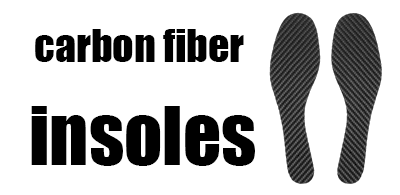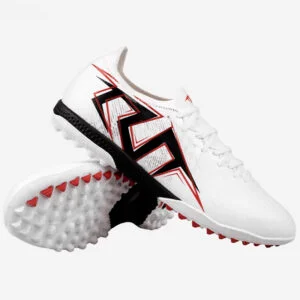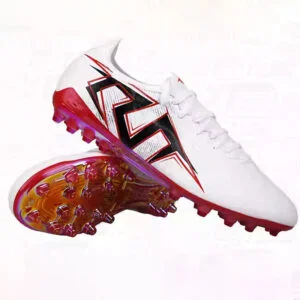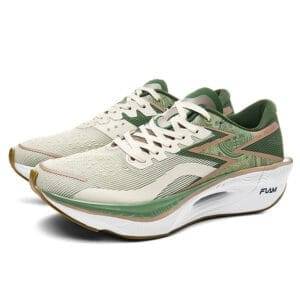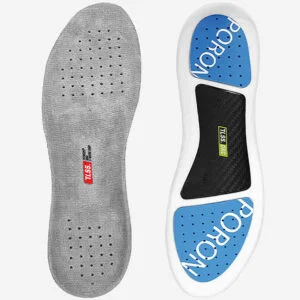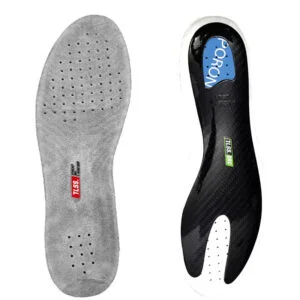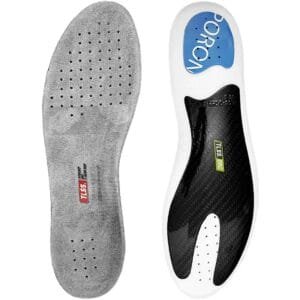Als Eliud Kipchoge Geschichte schrieb, indem er einen Unter-2-Stunden-Marathonwurde die Welt aufmerksam. Während sein unglaubliches Training und seine Disziplin eine große Rolle spielten, war sein Carbon Laufschuhe waren ein Wendepunkt.
Aber was macht diese Schuhe so besonders? Und wie sind sie im Vergleich zu Kohlefaser-Einlagen für alltägliche Läufer?
In diesem Leitfaden werden wir sie aufschlüsseln:
✔ Die Wissenschaft hinter den Karbonplatten-Marathonschuhen
✔ Warum Eliteläufer wie Kipchoge auf sie vertrauen
✔ Wie Carbonfaser-Einlagen die Leistung zu geringeren Kosten steigern können
✔ Ob Sie in Schuhe mit Karbonplatten investieren oder mit Einlegesohlen aufrüsten sollten
Am Ende werden Sie genau wissen, wie Sie Ihre Laufeffizienz maximieren können - ganz gleich, ob Sie für einen Marathon trainieren oder einen 5 km PR anstreben.
1. Die bahnbrechende Technologie hinter Carbon Plate Laufschuhen
Was macht Carbon Plate Schuhe anders?
Im Gegensatz zu traditionellen Marathon-LaufschuheDie Modelle mit Karbonplatten haben folgende Eigenschaften:
Eine starre Kohlefaserplatte eingebettet in die Zwischensohle
Ultra-leichter Schaumstoff (wie Nike ZoomX oder Adidas Lightstrike Pro)
Gebogene Geometrie für einen "Schaukeleffekt", der Sie vorwärts treibt
Wie sie die Leistung verbessern
Studien zeigen, dass Schuhe aus Kohlenstoffplatten:
✅ Steigerung der Betriebseffizienz um 4% (damit Sie mit weniger Anstrengung schneller laufen können)
✅ Verringerung der Muskelermüdung bei Langstreckenrennen
✅ Verbesserung der Energierückgabe mit jedem Schritt
Das ist der Grund Kipchoge, Brigid Kosgei und andere Eliten verlassen sich auf sie für rekordverdächtige Läufe.
Wettkämpferische Läufer Anstreben von PRs
Marathonläufer die Müdigkeit verringern wollen
Diejenigen, die bereit sind, in die Geschwindigkeit am Renntag zu investieren
-

- Optionen auswählen Dieses Produkt hat mehrere Varianten. Die Optionen können auf der Produktseite ausgewählt werden
-

- Optionen auswählen Dieses Produkt hat mehrere Varianten. Die Optionen können auf der Produktseite ausgewählt werden
-
Verkauf!

- Optionen auswählen Dieses Produkt hat mehrere Varianten. Die Optionen können auf der Produktseite ausgewählt werden
$159.00Ursprünglicher Preis war: $159.00$93.99Aktueller Preis ist: $93.99. -
Verkauf!

- Optionen auswählen Dieses Produkt hat mehrere Varianten. Die Optionen können auf der Produktseite ausgewählt werden
$139.00Ursprünglicher Preis war: $139.00$89.99Aktueller Preis ist: $89.99.
